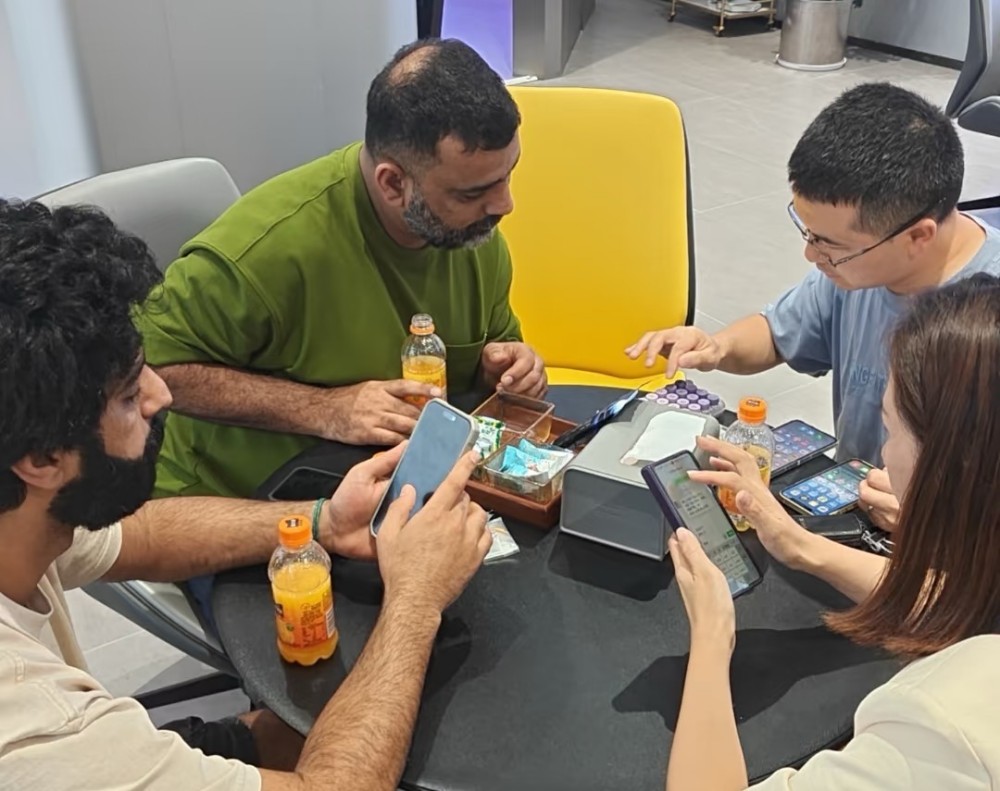Transportation is an indispensable aspect of modern society, facilitating the movement of people, goods, and services across various distances. Its significance extends beyond mere conveyance, as it plays a pivotal role in shaping economies, connecting communities, and fostering innovation. In this blog post, we will delve into the diverse uses of transportation, exploring its impact on different industries and highlighting its crucial role in our daily lives.
- Economic Growth and Trade:
Transportation serves as the lifeblood of economic growth and trade, enabling the movement of goods and services across local, national, and international markets. Efficient transportation networks facilitate the timely delivery of raw materials to manufacturers, finished products to consumers, and foster the growth of industries such as manufacturing, agriculture, and retail. Moreover, transportation infrastructure, including ports, airports, and railways, plays a vital role in facilitating international trade and attracting foreign investments. - Urban Development and Connectivity:
Transportation is instrumental in shaping urban development and connectivity. Well-planned transportation systems, including roads, bridges, and public transit, enhance accessibility, reduce congestion, and improve the overall quality of life in cities. Efficient public transportation networks not only reduce traffic congestion but also contribute to a greener environment by promoting the use of mass transit options. Additionally, transportation infrastructure influences the location of businesses, residential areas, and public amenities, fostering balanced urban growth. - Healthcare and Emergency Services:
Transportation plays a critical role in the healthcare sector, ensuring timely access to medical facilities, supplies, and personnel. Ambulances, air medical services, and medical transport vehicles enable the swift transportation of patients, particularly in emergency situations. Moreover, transportation networks facilitate the distribution of medical supplies, including vaccines, medications, and equipment, to hospitals, clinics, and pharmacies, ensuring the availability of essential healthcare resources. - Tourism and Hospitality:
The tourism and hospitality industry heavily relies on transportation to connect travelers with destinations. Air travel, railways, and road networks enable tourists to explore new places, experience diverse cultures, and contribute to local economies. Additionally, efficient transportation systems facilitate the movement of tourists within destinations, supporting the growth of hotels, restaurants, and other tourism-related businesses. Transportation also plays a crucial role in promoting sustainable tourism practices, encouraging the use of eco-friendly transportation options. - Supply Chain Management:
Transportation is an integral component of supply chain management, ensuring the smooth flow of goods from manufacturers to end consumers. Efficient logistics and transportation networks optimize inventory management, reduce lead times, and minimize costs. From raw material procurement to product distribution, transportation enables businesses to meet customer demands promptly and efficiently. Moreover, advancements in transportation technology, such as GPS tracking and real-time monitoring, have revolutionized supply chain management, enhancing visibility and traceability.
Conclusion:
Transportation serves as a catalyst for economic growth, urban development, and connectivity across various industries. Its multifaceted applications encompass trade facilitation, healthcare accessibility, tourism promotion, and efficient supply chain management. As we continue to witness advancements in transportation technology and infrastructure, it is crucial to recognize its pivotal role in shaping our societies and fostering progress. By understanding the diverse uses of transportation, we can harness its potential to create sustainable, interconnected, and prosperous communities.


